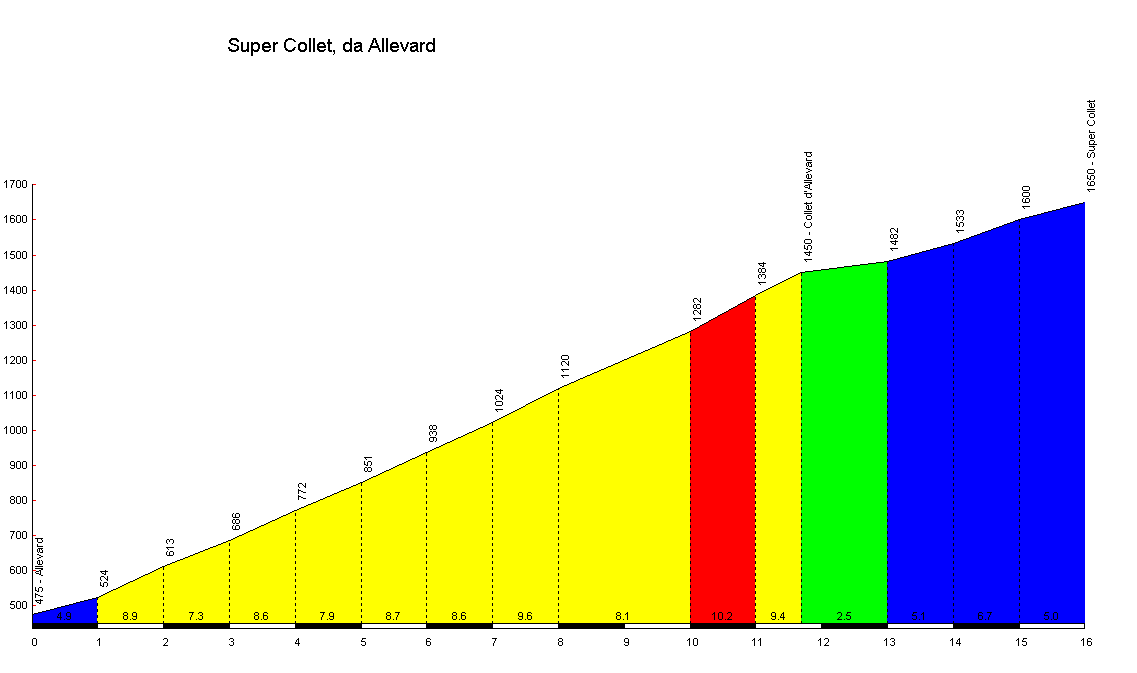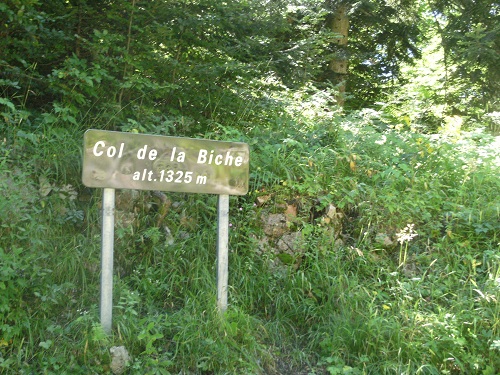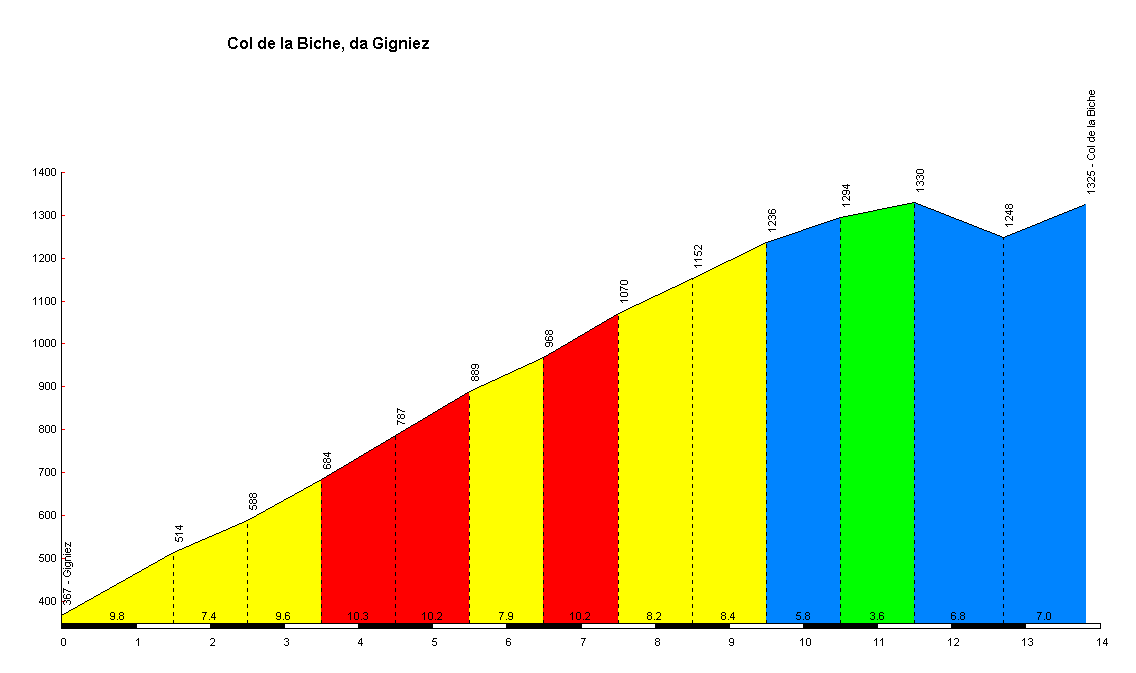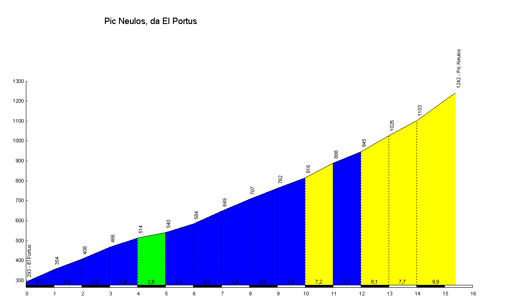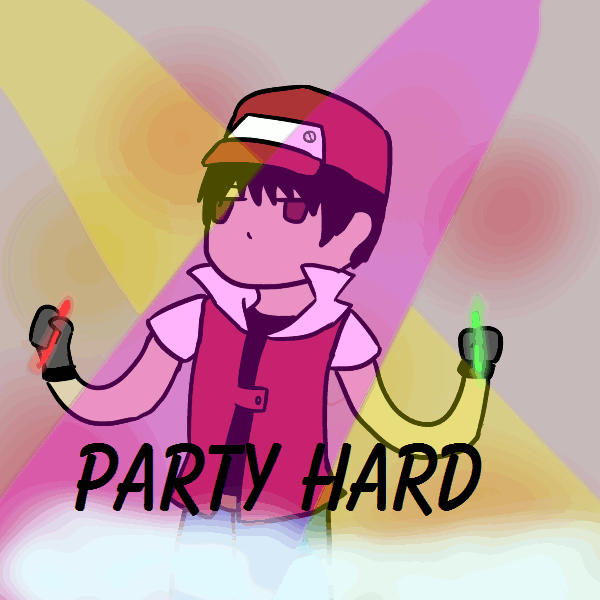#31: Collet d'Allevard (Isère)
The successful neighbor
We'll continue our trilogy of potential HC-rated mountain top finishes that would end in ski stations. After going to Val Thorens yesterday, we'll go back into the Belledonne mountains, a chain that is unfortunately way underused by ASO. It offers some tough climbs and great sceneries over the Isère valley, but it is widely ignored in favour of the deeper mountains in the Alps that are closer to Italian and Swiss borders. But trust me, if you look “deeply” into Belledonne, you'll see that it's not just a chain of mountains that offers one or two hidden gems, but it's a whole treasure by its own that ASO needs to acknowledge. I'll show you later in this article – for now, let's focus on the climb of the day, and a little story to describe it.
At 50 kilometers north-east of Grenoble, Allevard and Arvillard are two neighbouring cities. They share the same valley, roughly the same name, the same chain of mountains. But one of them proved that it was stronger than the other. When, in 1955, Allevard created his ski resort aptly named “Le Collet d'Allevard”, located nearly 1000 meters higher than the main city, it was a real success year after year and expanded in 1975. It was only now that the smaller city of Arvillard decided to get its own station, called “Val Pelouse”. But it was way too late, and like if the skyborgs (pun intended) wanted the project to fail, the Arvillard station didn't get that much snow every year – and it closed its doors ten years later, leaving only a parking and a road that leads to it. But what a hell of a road it is. And it deserved a spot in the first 21 HC climbs list.
But now it is time for a more realistic finish, and I've mentioned it last year, that the Collet d'Allevard also had a climb that was HC-worthy. And ASO knows it. They already threw the peloton on its slopes during a week-long race that usually prepares the riders for the Grande Boucle, in the Critérium du Dauphiné in 2011. It was already the case in 1992 and 1994, but at the time, ASO wasn't organizing the race, and it was still called the Critérium du Dauphiné Libéré, from the name of the local newspaper that sponsored the event. So it's not like the station doesn't have an interest in cycling, or that ASO doesn't know this climb exists – everything is there for the Tour. So why it isn't on the route yet? I'm pretty sure the climb will get featured someday in the three-week long race. You know, ASO likes to test the climbs in his “smaller big races” like the Paris-Nice and the Dauphiné. Risoul this year is the perfect example.
So here we go for the successful neighbor of Val Pelouse: le Collet d'Allevard, and it's XL version, Super Collet.
Between parenthesis: numbers up to Super Collet.
Top: 1450 m (1650 m)
Length: 11.7 km (16 km)
Ascent: 975 m (1175 m)
Average gradient: 8.3 % (7.3 %)
Climbbybike difficulty score: 131 (123)
This climb has a superior difficulty than the Pla d'Adet which will be featured in this year's tour, and is widely considered as one of the weakest HC climbs. Being quite a bit longer and offering regular double-digit sections, it definitely deserves a spot in the hardest category of climbs. It might not be a behemoth with a length over 20 kilometers and a 1500+ meters ascent, but it still offers a climb that can take up to an hour for amateurs – the best climbers in the world could tackle it in under 40 minutes. Starting in Allevard, the first kilometer is rather easy, not exceeding 5 %. But beware of the road that suddenly rears up towards harder gradients.
The road nears 9 % average over 10 kilometers on a wide two-lane road, with very few hairpins and long curves through the forest. The trees can be helpful in summer, when the sun really hits hard. But good weather or not, it doesn't mean anything for the gravity which will continue to drag you down forcing you to double your efforts against the brutal regularity of this climb. You never go below 7 % gradient, but that can help you to find a cruise speed. That's the advantage of regular climbs, you don't need to change your rhythm of climbing all the time.
The final part is at 10 % average for the last kilometer, before reaching the Collet d'Allevard station after nearly 12 kilometers of climbing. Some people might call it quits and could descend right away, but honestly, after facing such a monster up front, it would be shameful to stop there when you can go 200 meters higher with 4.3 kilometers of additional road. You guess it by the profile and by the numbers, its much, much easier to go to Super Collet once the Collet d'Allevard has been reached. A long false-flat precedes a 5.5 % average final section that leads to 1650 meters of altitude.
So by its own, it's a pretty tough climb. And if from the north, the climb can be preceded by the demanding col de Champ-Laurent (10 km @ 8 %), it's from the south that you will understand the true power of the Balcons de Belledonne. Start from Séchilienne, go up and down the mountains to the valley, and bam.
A wild Zomegnan-approved stage appears. More details
here.
When I told you Belledonne is a freaking treasure that needs to be uncovered. Even putting a flat part from the beginning and keeping the last four or five climbs would already make a queen stage. Oh, and if Zomegnan says that it's not enough, tell him that a narrow service road goes down to Arvillard at km 9, so you could even add Val Pelouse at the very end
for an even more epic stage. That's right.
So you understand more that the collet d'Allevard definitely needs to be on the Tour de France route in the following years. Of course, the competition is fierce between ski stations, and I can tell you that fighting the biannual appearance of l'Alpe can be tough. But let's hope for the future, and hope for an epic stage towards the collet d'Allevard, or to dream even bigger, to what was called Val Pelouse.
Tomorrow, late evening, in 21 HC climbs the Tour should (re)visit:
The Cerdanyan lost hope




